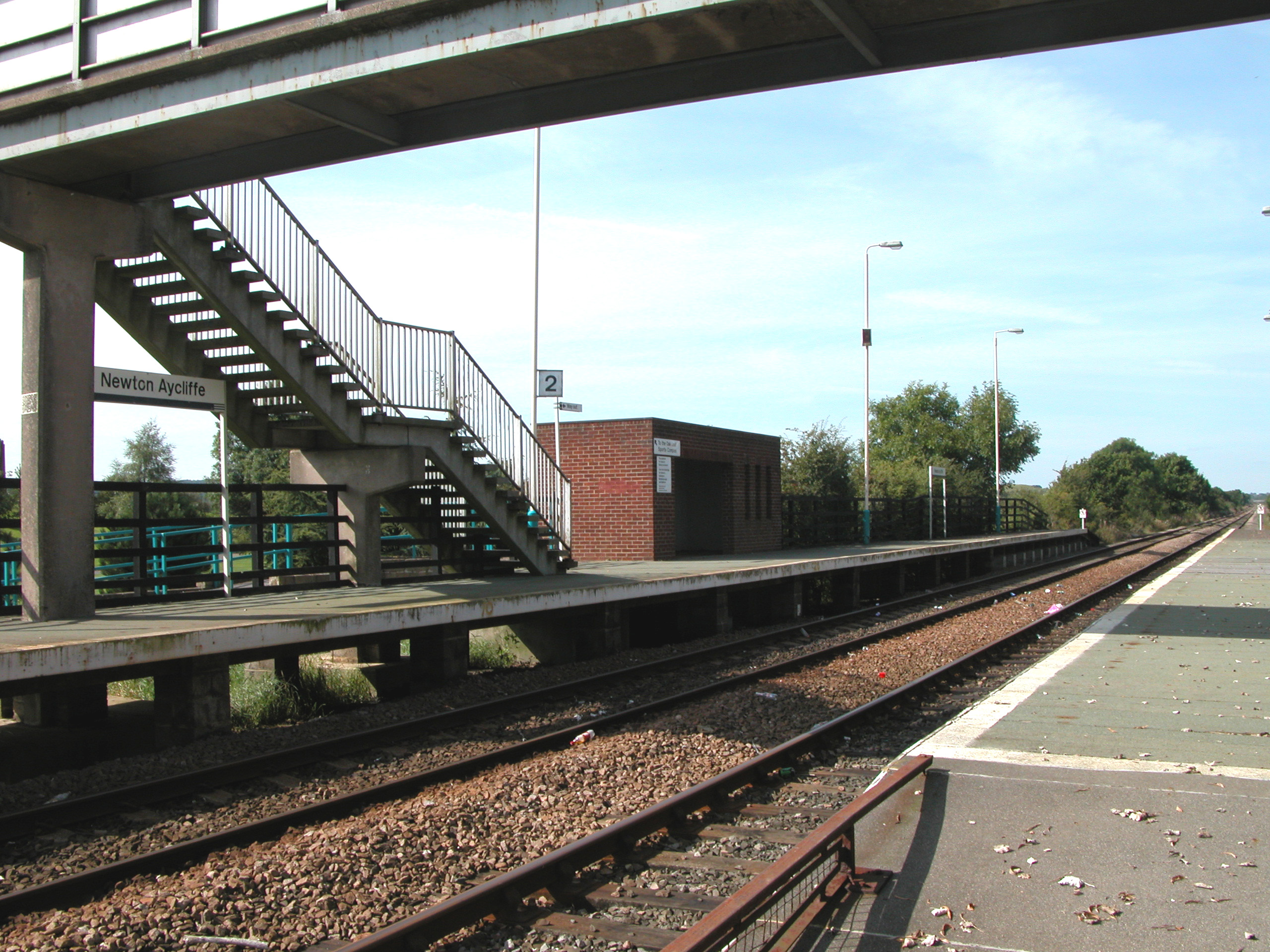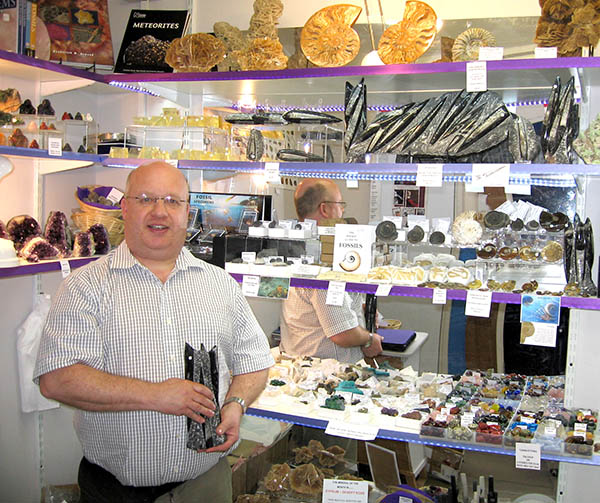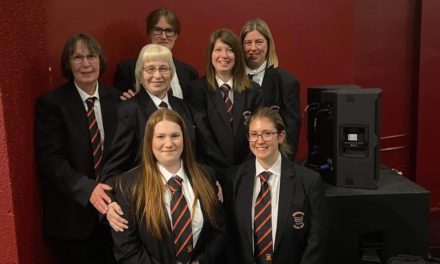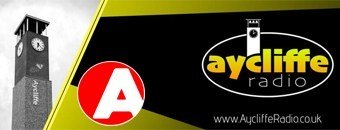The star attraction at a recent Town Council meeting was Trish Pemberton, who talked about the Bicentenary of the Stockton & Darlington Railway, and encouraged the Town Council to think about how it might support the event.
The S&DR, she told us, had opened in 1825. There had been anniversaries in 1875, 1925 (when the future king and queen attended), and 1975 (which many councillors remembered).
With the anniversary approaching, the Friends of the Stockton and Darlington Railway had realised the need to protect and restore the line, and to organise a proper celebration of its 200th birthday.
This had required bringing together three Councils (Stockton, Darlington and Durham), as well as forming links with essential organisations such as Durham University, Palace Green Museum, Network Rail, Hitachi, the Science Museum etc.
The campaign had kicked off two years ago with a major conference at the Locomotion Museum, at which the S&DR’s claim to be the ‘first in the world’ had been out to the test. At that meeting, delegates had been shocked to be told that the S&DR was NOT the first public railway, NOT the first steam-powered railway, NOT the first passenger railway, and NOT the first to be built as a result of an Act of Parliament. It could not even boast the first railway death!
What made the S&DR spectacular, Trish told us, was not the individual firsts, but the fact that the S&DR was the first railway to put everything together. It was a public not a private railway, with a permanent main line plus branch lines. It used standard gauge with malleable iron rails. It carried a range of goods, along with passengers. It proved railway technology worked (Shildon’s Timothy Hackworth was instrumental in this) and established the reliability of steam locomotives. It invented the railway station, passenger timetables, and signals. It was PROFITABLE, and it immediately attracted visitors from all over the world (esp. Prussia, France and the USA) who went back home and copied it.
i.e it was where the fully-functioning modern railway system was born. It is therefore a UNIQUE offer, and not just for tourists and railway buffs – it was the line’s heritage offer that had brought investment from Hitachi into Newton Aycliffe.
SO WHAT HAS BEEN ACHIEVED?
(1) The Friends have done a track-bed audit, identifying 617 assets (including the Locomotion Pub, which the Friends are trying to buy and restore), which the three Councils have promised to protect and restore.
(2) A Railway Heritage Board has been set up, including the three Councils plus key organisations such as Network Rail and Hitachi. This meets regularly to plan progress.
(3) The line has been granted Heritage Action Zone (HAZ) status by Historic England, which will oversee the regeneration of the line, with up to £700k to spend on doing so.
The HAZ is not just about organising another spectacular cavalcade, as in 1975. The focus of the project has to be on regeneration, economic and community development, and on SUSTAINABILITY … on making changes that will create “a lasting legacy” for the area. One such will hopefully be a 26-mile walking/cycling route along the entire length of the line. There must be other gains in terms of tourism, local business growth … and the development of local pride and a ‘sense of place’.
WHAT ARE THE NEXT STEPS?
The Railway Heritage Board is meeting regularly. A procurement call-out to create a consistent interpretation features along the whole length of the line has been issued. A Business Plan is being written, and a Lottery Fund Bid developed.
The project is being linked into the restoration of the Darlington Rail Heritage Quarter and the Locomotion Museum site. There are plans to repair the Locomotion train. The next anniversary – on September 2018 – would see a major event which would bring together potential supporters and sponsors. It is all very exciting.
Trish promised to keep the Town Council informed. Are local people fully aware, she wondered, of the WORLD CLASS HERITAGE FEATURE they have on their doorstep? She asked councillors to think about how GATC might contribute to the huge event which will be 2025.
Great Opportunity for Aycliffe to Attract Railway Buffs










